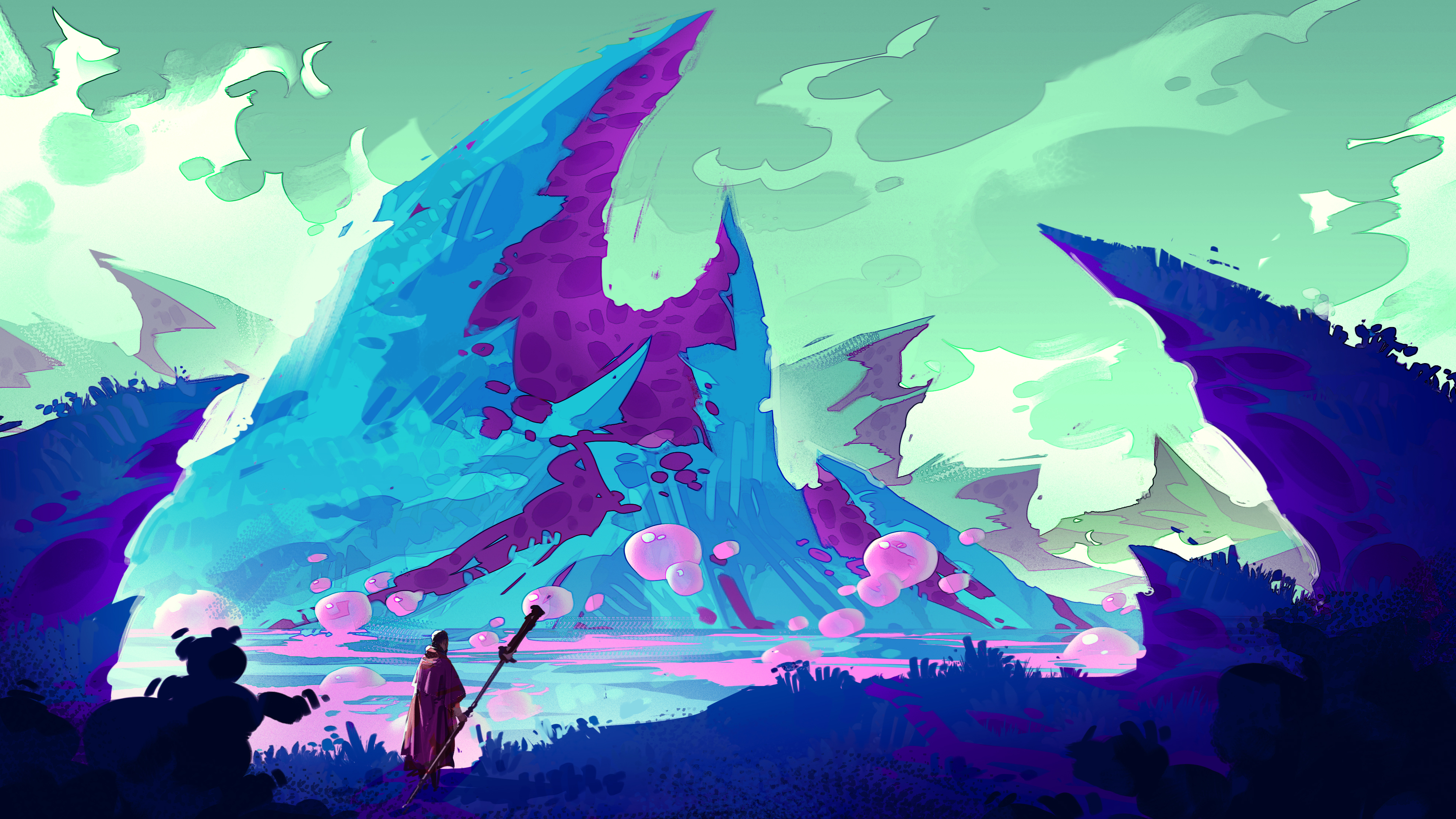4 lessons from the greatest illustrators ever
Boost your career by learning from some of the best in the business.
For many creatives it's a strange, uncertain time right now. For most illustrators, though, the current climate of working from home is simply business as usual. That's not to say it's all plain sailing right now; commissions may be harder to come by in these suddenly straitened times, but if you're good at your job then you should find the work.
But if you need a little encouragement – and we could all use that from time to time – here it is. There's a lot more to illustration than knowing how to draw, so we've picked out four of the greatest illustrators of all time, along with lessons you could learn from their successful careers to improve your own prospects. Read on for some essential tips from the best in the business. You might also want to see our tips for using illustration to create colourful worlds that tell a story.
01. Beatrix Potter
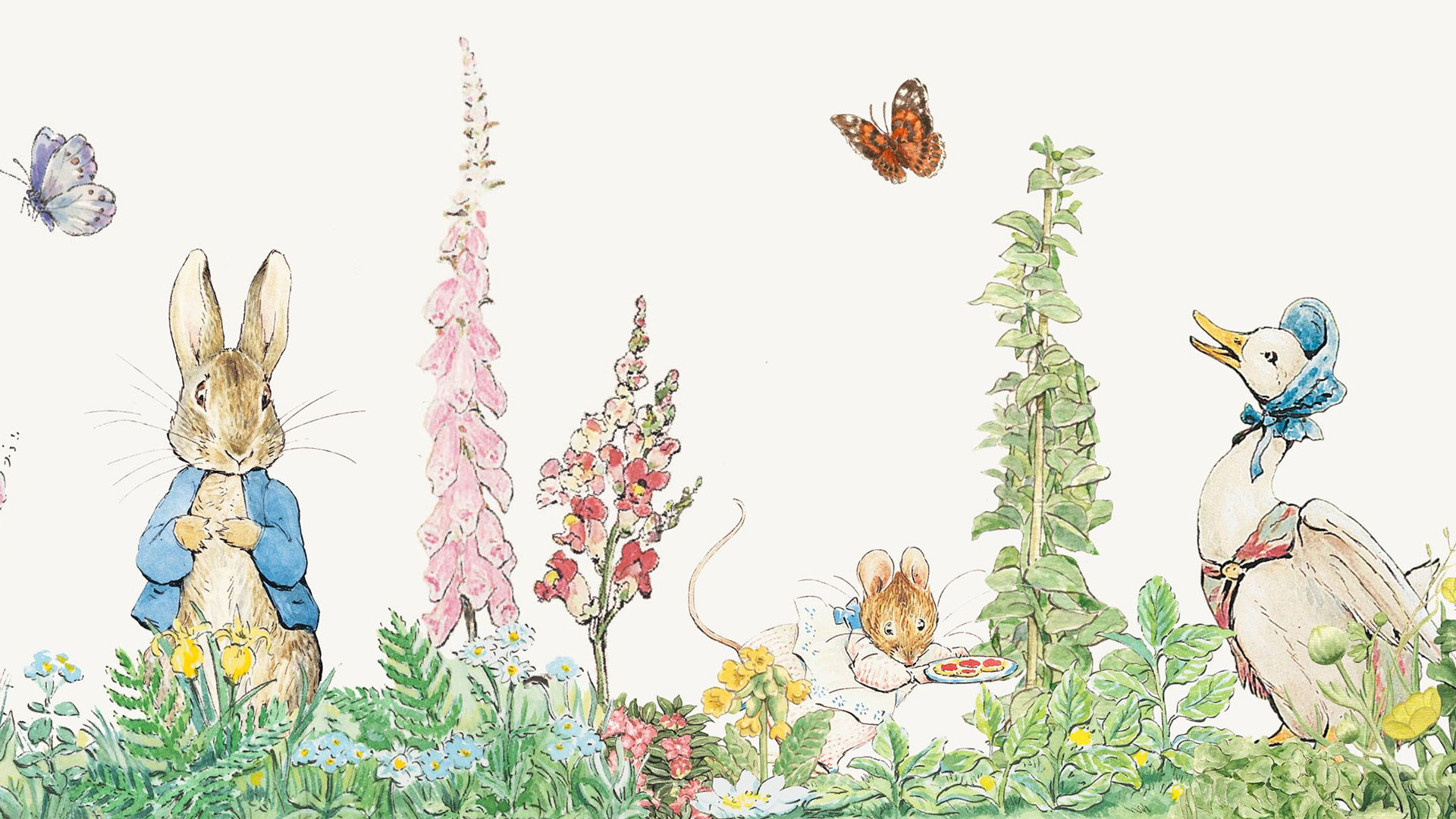
If you've ever struggled to sell your work and found yourself wondering if you have a future in illustration, remember that even the greatest illustrators have been in that same boat. Beatrix Potter is one of the most beloved illustrators of all time, forever associated with a series of beautifully-realised children's books starting with The Tale of Peter Rabbit, but even she had to deal with publishers who simply weren't interested.
By the time Potter wrote The Tale of Peter Rabbit she was already an accomplished illustrator, specialising in detailed recreations of fungus; she had also printed her own Christmas cards and sold illustrations to publishers. But when she tried to sell Peter Rabbit in 1900, there were no takers. Rather than give up, Potter had the story printed at her own expense, and this led to interest from Frederick Warne & Co., which finally published The Tale of Peter Rabbit in 1902.
Potter also took a smart approach to merchandising her work; she made and patented the first Peter Rabbit doll in 1903, and followed this up with all manner of merchandise, which provided her – and her publisher – with a welcome secondary income.
Lesson learned: Sometimes you just have to take the initiative and do things yourself. Once your work's out there and gaining popularity, you'll become a much more attractive proposition for publishers – although you may still have to be persistent.
02. Quentin Blake
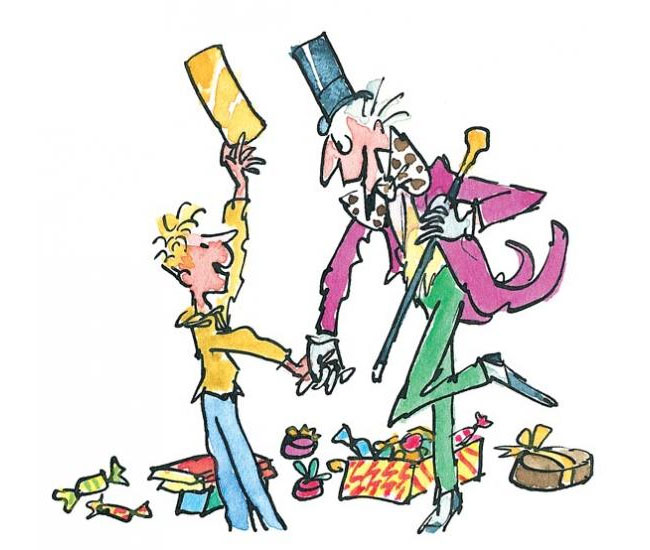
There's the most wonderful sense of controlled chaos to the work of Quentin Blake. While his lively illustrations may give the impression that they've been dashed out in seconds, he spends a lot of time preparing and planning his drawings to ensure that they fit the atmosphere of the book he's working on, and that his characters look the same on each page.
Get the Creative Bloq Newsletter
Daily design news, reviews, how-tos and more, as picked by the editors.
The spontaneous feel of his work has made him a perfect fit for children's books; he's illustrated over 300 of them since his first book in 1961, working most famously with Roald Dahl, and also with big names such as David Walliams and even Dr Seuss, for whom he illustrated the first book that Seuss didn't illustrate himself. He's also written and illustrated a number of books by himself.
Every illustrator needs to start somewhere, and Blake got his first big break thanks to painter and cartoonist Alfred Jackson, who was married to Blake's Latin teacher at school. Jackson encouraged Blake to submit his work to Punch magazine, and the young illustrator saw his first work published at the age of just 16.
Lesson learned: Never underestimate the advantages of having a mentor who can help you set your career in the right direction. Getting the right advice from someone who's already been around the block can save you from some serious pitfalls and show you what aspects of your work you need to focus on.
03. Maurice Sendak
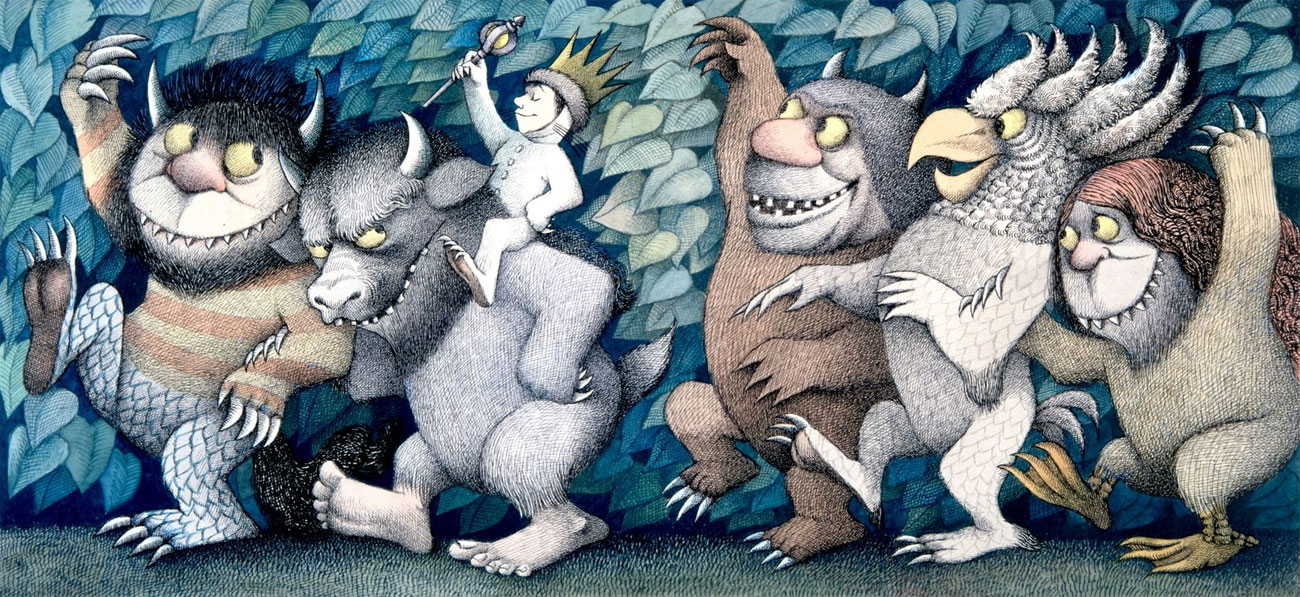
Where the Wild Things Are is one of the most celebrated children's books of all time, but at the time of its release things didn't look quite so rosy for it. Reviewers and teachers found Maurice Sendak's tale, of an angry young boy who becomes king of an island of Wild Things, simply too grotesque for young readers, and it was initially banned from libraries until it was discovered that children were finding the book for themselves and reading it over and over, captivated by the subversive themes that the adults were worried about.
Sendak had been working as an illustrator for nearly 20 years by the time Where the Wild Things Are was published in 1963. It tells its story in just 338 words, leaving Sendak's beautifully detailed illustrations to do much of the heavy lifting, making it an ideal book for younger readers. And while many found its themes dark, they make perfect sense when you realise that many of Sendak's family died in the Holocaust, and he himself spent some of his childhood confined to bed with health problems.
Sendak described his childhood as "a terrible situation"; it also gave him his love of stories, thanks to the books he read when he was unwell, and also to his father, an inveterate storyteller who would embellish tales from the Torah with inappropriately racy details.
Lesson learned: Illustration isn't just about the pictures; it's also about telling a story. If you can carry off an entire book with barely any words, with the story mostly conveyed through the illustrations, you're on the right track.
04. Judith Kerr

Judith Kerr is another illustrator whose early life was touched by the Holocaust; her family fled Berlin in 1933 just as the Nazis were coming to power. She wrote about this in a trilogy of semi-autobiographical novels starting with When Hitler Stole Pink Rabbit in 1971; however her troubled childhood may well have inspired her most famous book, too.
The Tiger Who Came to Tea, one of the best-selling children's books of all time, is the story of a little girl and her mother who are visited by a friendly tiger who proceeds to drink everything in the house before going on his way. It's been suggested that the book may have been inspired by a childhood fear of the Nazis turning up to take her father away; throughout her life, though, Kerr insisted that it was simply a story about a tiger coming for tea.
Born in 1923, Kerr didn't start writing and illustrating books until she was in her 40s, just when her children were learning to read. She continued working almost up to her death in 2019; in 2015 another of her beloved characters, Mog the forgetful cat, was brought to life in an animated Christmas ad for Sainsbury's, alongside one final Mog book: Mog's Christmas Calamity.
Lesson learned: It's never too late to start. Judith Kerr had a career as an artist and worked at the BBC as a scriptwriter, and it wasn't until she was 45 that The Tiger That Came to Tea was published. So if you're approaching 30 and still haven't had your big break, don't be disheartened; there's still plenty of time.
Related articles:

Thank you for reading 5 articles this month* Join now for unlimited access
Enjoy your first month for just £1 / $1 / €1
*Read 5 free articles per month without a subscription

Join now for unlimited access
Try first month for just £1 / $1 / €1
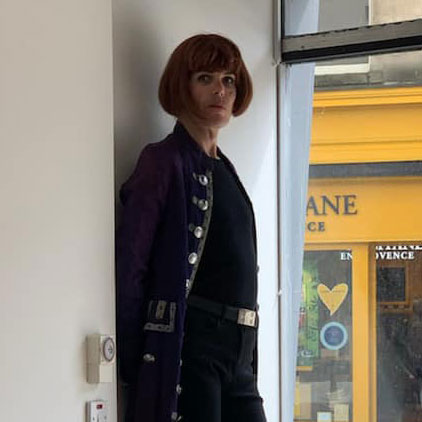
Jim McCauley is a writer, performer and cat-wrangler who started writing professionally way back in 1995 on PC Format magazine, and has been covering technology-related subjects ever since, whether it's hardware, software or videogames. A chance call in 2005 led to Jim taking charge of Computer Arts' website and developing an interest in the world of graphic design, and eventually led to a move over to the freshly-launched Creative Bloq in 2012. Jim now works as a freelance writer for sites including Creative Bloq, T3 and PetsRadar, specialising in design, technology, wellness and cats, while doing the occasional pantomime and street performance in Bath and designing posters for a local drama group on the side.
